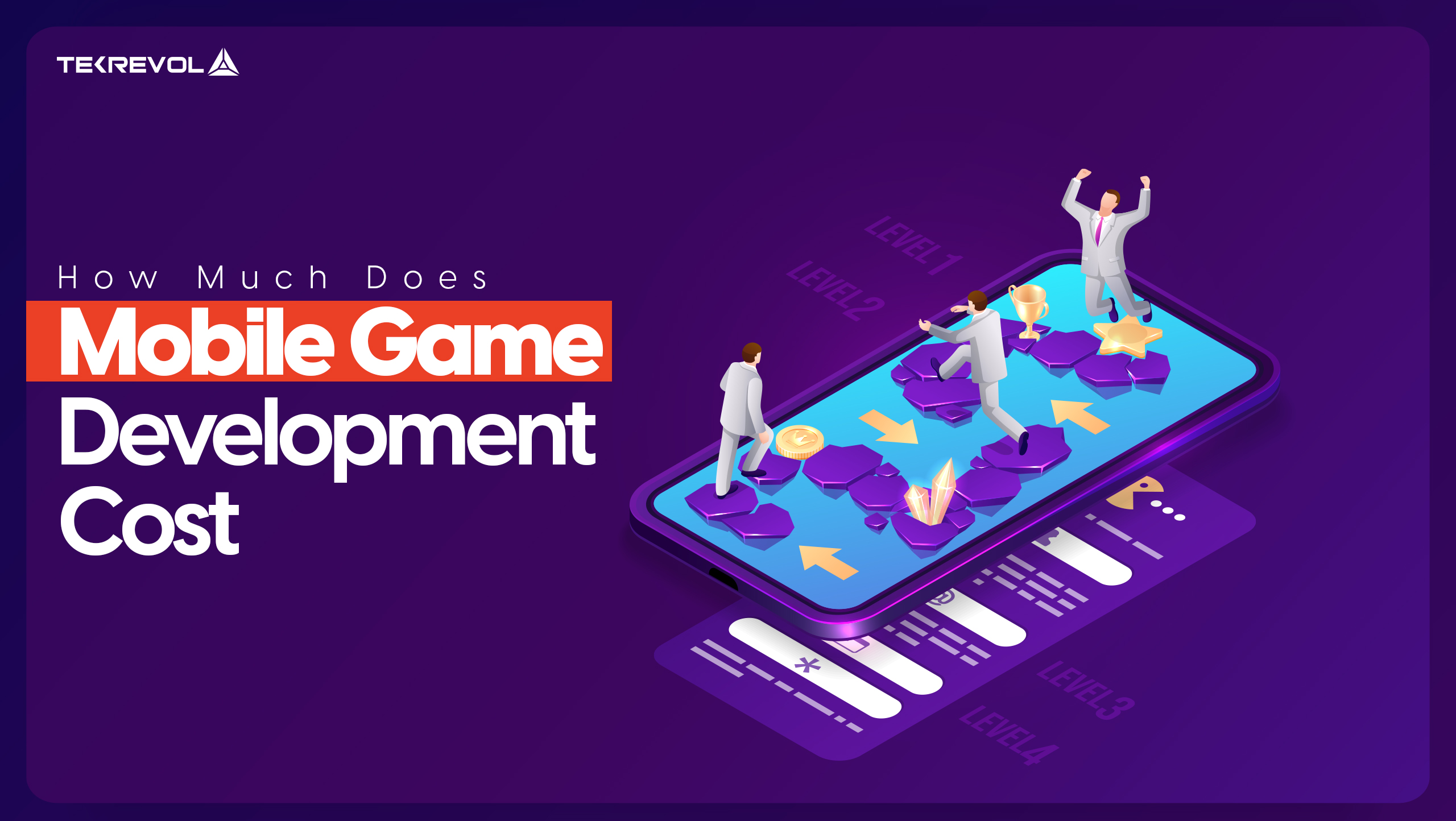Flask Vs. Django: Which Framework to Choose In 2022
- Web Development
- |

The popular Python-based web frameworks “Django Vs. Flask” has been discussed briefly by the developer community on various tech forums over the years.
Though both programming languages offer similar functionality and features, some core differences in their application, popularity, and global usage of the frameworks led us to write a blog post about Django Vs. Flask.
The same is the case with PHP Vs. JavaScript, though the languages are highly related to each other, still there are some differences that needed to get sorted out.
Let it be building scalable applications, software, or complex websites, nearly every developmental aspect is achievable with Django and Flask.
The clean and readable code enables the frameworks to be considered imperative and viable by programmers globally.
Let’s discuss the unique properties of both Django and Flask, look at their distinguishable characteristics, and see how both of them compare with each other.
- Want to learn how Flask & Django can help your business?
Django Vs. Flask: The Overview
The main difference between Django and Flask is that Django is a full-stack web framework that allows developers to leverage ready-made solutions through a batteries-included approach. In comparison, Flask is a lightweight and minimalist framework that gives you several features.
Django
Django is the free and open-source heavy hitter in the Django Vs. Flask scenario that has been around since 2005.
It is a full-stack web framework written in Python. It gives you several design patterns, concepts, community support, tons of documentation, and other integral features.
With Django, all you have to do is build your business logic, and you’re good to go. Plus, most of the things in Django are out-of-the-box. Hence, integration is not an issue.
If there’s any problem or issue you come across with Django, chances are that it has already been solved by developers who experienced a similar issue probably 6 or 7 years ago.
So, this is something that makes your work a whole lot easier.
Therefore, in comparison to Flask, Django is an all-encompassing framework.
It gives you an admin panel, Objects Rational Mapping (ORM) database interfaces, and directory structure while minimizing the need to integrate third-party applications.
Features of Django
- Standardized automatic management of security, i.e., account management, transaction management, clickjacking, and more.
- Highly responsive and swift community support allows you to solve issues quickly.
- Django is a multipurpose framework that can be used for any website and is compatible with any client-side framework.
- The “DRY” or “Don’t Repeat Yourself” principle ensures no duplications.
- Being a component-based framework allows Django to ensure that each layer is independent of each other, making the application scalable.
Flask
Entering the market in 2010, nearly 5 years after Django, Flask was introduced as an extensible framework that was ultra-lightweight and categorized as a micro-framework.
Flask is flexible, and properties like these allow developers to integrate various third-party applications into the framework.
It also enables programmers to solve developmental issues at scale by integrating add-ons, libraries, third-party plugins, and modules.
Moving on, if you want to dive deep into the world of coding and programming, starting with Flask is a great idea, given that it helps you understand each component from the backend and the frontend
From a small set of APIs that are easy to learn to excellent documentation, Flask excels when it comes to the learning curve as you get to manage the backend and the frontend while learning the core concepts.
Features of Flask
- Complete control over building your application during the development stage.
- Built-in development server and fast debugger.
- Easy to learn and flexible in nature allows seamless configurations.
- HTTP and RESTful request handling.
- Easy, neat, and coherent APIs.
- Unit testing support functionality.
- Dependency on Werkzeug and Jinja2. Both of which provide strong WSGI support and templates.
| Django | Flask |
|---|---|
| Django enables you to develop complex projects, and it comes equipped with the tools to build reliable and easily maintainable applications | Flask is a lightweight framework and comes with minimal features. |
| Django is a high-level Python Framework with a steeper learning curve. | Developers can easily control the core of the application. |
| Makes development easier and faster for professionals by giving them access to advanced features. | Flask does not offer features to handle administrative tasks. |
| Ready to use and customizable admin framework that can be personalized. | Jinja2, which is Flask’s template engine, is powered by Django’s template engine. |
| Built-in template engine that saves a lot of development time. | Multiple models and views can be added to the application. However, each project can be considered as a single application. |
| Gives developers the capability of dividing and developing complex projects into small applications. | Django has more prominent admin features as compared to Flask. |
| Admin tool allows developers to build web apps without external input. | Developers have to work with different databases in Flask by using different ORM systems for Python and SQLAlchemy. However, only SQL queries can be written as common tasks. |
| Object-relational mapping system enables developers to use any8. Flask is considered a single-threaded framework which means it cannot perform exceptionally well in complex environments. | Flask is considered a single-threaded framework which means it cannot perform exceptionally well in complex environments. |
| Django isn’t suitable for dynamically changing projects. | Developers can add more functionality and make the application more complex in Flask because of the expandible nature of the framework. |
| Django is designed to handle sophisticated projects that require complex functionality. | Applications can be built with ease and do not require extensive coding. |
| With the Django framework, developers can ensure that they’re leveraging advanced templates. | Fewer lines of coding are required for simple tasks or commands. |
| Django needs two times more lines of code for the same functionality as compared to Flask. | Flask is considered a single-threaded framework which means it cannot perform exceptionally well in complex environments. |

So Which Framework Would Suit You The Best?
When talking about Django vs. Flask, you need to understand that these pros and cons mentioned above are dependent upon your project. Therefore, before making any decision, it is equally important to understand your project.
Project Size
When trying to choose between Django and Flask, your project’s size is an essential aspect that you need to consider. If the project is small with fewer complications, then Flask is your way to go. In contrast, Django should be the right choice for bigger and complex projects.
That’s not all. It would be great if you measured your plans regarding the project as well. If you plan to scale your project after its completion, Django is great for that purpose as it is fully furnished with all the right features. While the case with Flask is different as you’ll need to create most of the functionalities yourself.
Structure Of The App
The structure of your app should also influence your decision. Suppose your app’s structure is diverse, where you need to implement a highly customizable environment with specific tools and libraries. In that case, Flask could be a great choice.
However, if you do not need such a customizable framework for your app, using Django could save significant time and resources because of its built-in features.
Type Of Your Project
The type of your project is an important factor to consider when choosing between Django and Flask. Refer to this piece below for a better understanding.
Online Store
Django is a better choice for creating an online store as it is already equipped with different E-commerce modules and ORMs for all your needs.
Online Media
Here, Django has the upper hand as it was built for this purpose in the first place.
Simple App With Static Content
If you want to create a simple app, then using Flask is great as it allows a great room for customization.

Parting Words
As I’ve mentioned earlier, the idea behind this Django vs. Flask comparison is not to declare which framework is better than others. But instead, it was meant to highlight the key differences between Django and Flask so that you can make the right choice when choosing one of these for your project.
Now that you have a great understanding of both frameworks, it’s time to choose which one among both frameworks works best against your needs. You can also read our comparison guides on PHP vs. JavaScript, React JS vs. Angular, and other such topics to raise your knowledge.
Author : Nabeel
Nabeel has a flair for strategic innovation and tech-driven transformation. He leads the Content Marketing Team at TekRevol. He thrives on exploring and sharing information about the transformative impact of technologies and strategic innovation on SMBs, startups, and enterprise-grade organizations.
Come meet us at a location near you!
 USA
USA
39899 Balentine Drive,
Newark, CA 94560
1301 Fannin St #2440,
Houston, TX 77002
501 E Las Olas Blvd Suite
230, Fort Lauderdale, FL
44 Tehama St, CA 94105, San Francisco
400 NW 26th St, FL 33127, Miami
740 15th St NW 8th Floor, DC 20005, Washington
 CANADA
CANADA
4915 54 St 3rd Floor
Red Deer, ABT T4N 2G7
 UAE
UAE
Level 5, One JLT Tower 1 - Jumeirah Lakes Towers - Dubai, United Arab Emirates
Level 17, World Trade Center, Khalifa Bin Zayed the First Street, Abu Dhabi
Level 22 , West Tower, Bahrain Financial Harbour, Manama, Bahrain
Level 22, Tornado Tower, West Bay, Doha, Qatar
 PAKISTAN
PAKISTAN
3/25, Block 5, Gulshan-e-Iqbal,
Karachi, Sindh 75650




Let’s get in touch!
Let’s discuss your project and find out what we can do to provide value.
I am interested in discussing my ideas with you for
COPYRIGHT 2024 TEKREVOL ALL RIGHTS RESERVED.





